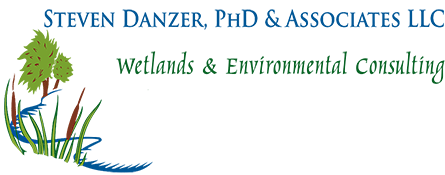Wetland on My Property
7 Signs You Could Have a Wetland on Your Property
Whether you’re searching for a new property or considering improvements on an existing piece of land, at some point the question of wetlands comes into play. Do they exist and, if so, what are the ramifications and potential impacts?
The United States Environmental Protection Agency defines wetlands as “areas where water covers the soil or is present either at or near the surface of the soil all year or for varying periods of time during the year, including during the growing season.” In Connecticut, wetlands are largely defined by soil type.
Understanding whether a wetland exists on your property often becomes a concern when applying for building permits. So how do you determine whether one is present?
A few hints
Only a professional can accurately determine whether a wetland exists on your property. But there are a few clues that may indicate that a wetland is present, including land that is located near:
Low areas. Wetlands can be found in low areas that have high water tables.
Large bodies of water. For example, wetlands may be present near rivers, lakes or streams. In Connecticut, waterbodies are considered wetlands as well.
Shallow pools of water. Some wetlands are covered either partially or totally by shallow pools of water.
Flat areas. Oftentimes, wetlands are flat areas that are covered either sometimes or all the time with shallow water.
Slopes. Wetlands can be found on slopes where the groundwater is breaking out of springs.
Ditches or streams. Wetlands can be found in abandoned ditches or old stream channels, and even underneath lawn.
Types of water. Wetlands can include a variety of different surface types, such as bogs, swamps and marshes.
This list isn’t exhaustive, but it does contain a few common conditions. So what are the next steps if you want to confirm with accuracy whether a wetland is present?
The presence of a wetland: A definitive answer
Wetland identification is a complicated process that requires substantial experience and technical knowledge. In fact, in CT by state and local laws, a professional environmental consultant such as a soil scientist experienced in wetland delineation is the only one who can confirm the presence and exact boundaries of a wetland. So if you suspect the presence of a wetland on a property, reach out to a professional.
Do you have questions about wetlands? If so, please contact us today at 203-451-8319 or email us at danzer@ctwetlandsconsulting.com.
